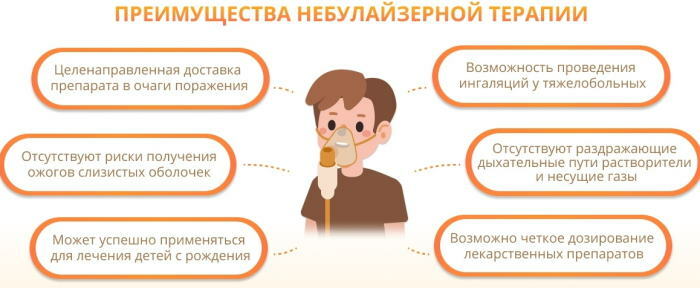Content
- General concept of renal tuberculosis
- Reasons for the appearance
- Factors provoking the onset of the disease
- Symptoms and Signs
- Development mechanism
- Infected or not: transmission routes
- Classification and stages of development
- Initial
- The first
- The second
- Third
- Fourth
- The fifth
- Chronic renal tuberculosis
- The clinical picture of the course of the disease
- While waiting for the baby
- In children
- Diagnostic methods
- Taking anamnesis
- Laboratory research
- Instrumental
- Pathological diagnostics
- Beam methods
- Provocative tests
- Treatment principles
- Medication
- Surgical intervention
- Physiotherapy
- Traditional methods of therapy
- Features of nutrition in kidney tuberculosis
- Rehabilitation period
- Recovery prognosis
- Possible complications and dangerous consequences
- Preventive actions
Kidney tuberculosis (nephrotuberculosis) occupies a leading position (30-40%) among all types of extrapulmonary forms of tuberculosis infection. The majority of patients (60%) are in the 20-50 age group. 4-7% of children are diagnosed with tuberculosis of the urinary tract and kidneys. The incidence of pathology is almost the same in men and women.
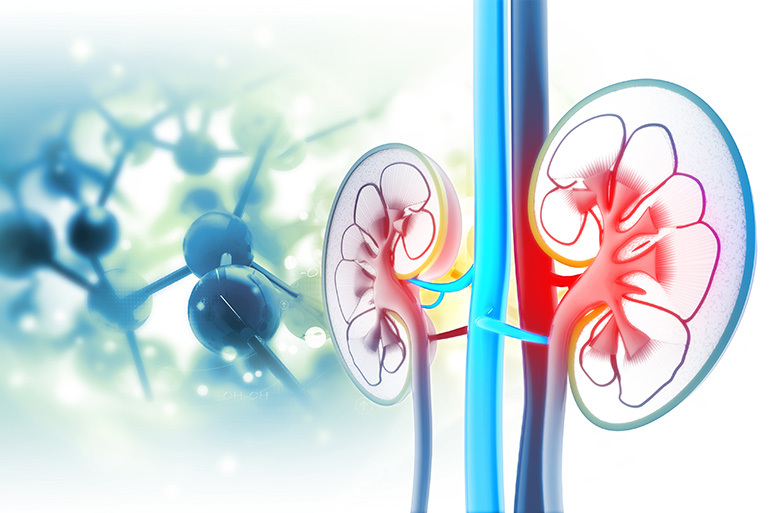
General concept of renal tuberculosis
Nephrotuberculosis is a chronic infectious inflammation of the renal parenchyma.
Reasons for the appearance
The causative agent is Koch's bacillus, or Mycobacterium tuberculosis (MBT). According to the WHO, about 1/3 of the world's population is infected with it.
Pathology is activated in the presence of concomitant diseases and the impact of negative external factors.
Factors provoking the onset of the disease
The factors that activate latent foci of infection are:
- endocrine diseases, incl. diabetes;
- immunodeficiency states, incl. HIV;
- organ transplant;
- bad habits: smoking, alcoholism, drug addiction;
- nutritional errors and chronic malnutrition;
- work in tuberculosis dispensaries;
- hereditary diseases of the immune system;
- frequent colds;
- living in areas with unfavorable ecology and microclimate.
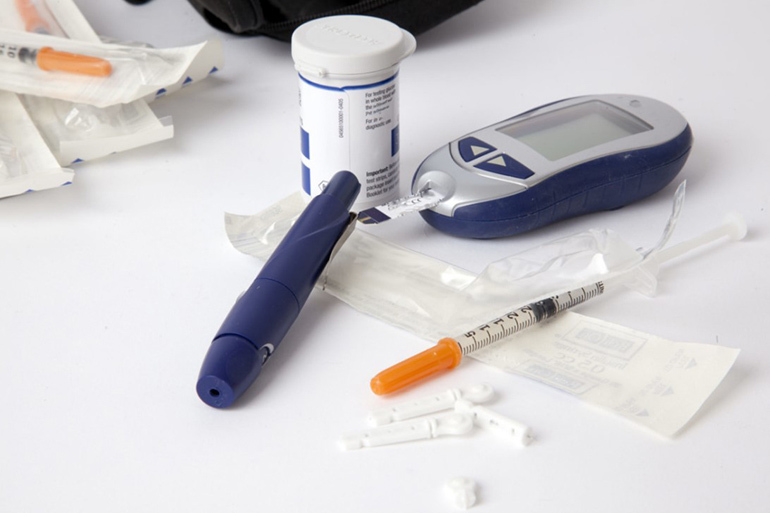
The children were diagnosed with the development of nephrotuberculosis against the background of specific pathologies: herpesvirus and staphylococcal infections, Epstein-Barr virus, cytomegalovirus.
Symptoms and Signs
At an early stage of development in adults, there may be:
- general malaise;
- fast fatiguability;
- subfebrile temperature;
- weight loss.
With the progression of the pathology and the involvement of more renal papillae in the destructive process, the symptoms worsen. The patient begins to complain about:
- back pain;
- the appearance of blood (sometimes pus) in the urine;
- fever;
- violation of the outflow of urine.

With tuberculous cystitis, the following are noted:
- pain above the pubis;
- cramps during urine discharge;
- frequent urge to urinate;
- the appearance of a large amount of blood in the urine;
- drip urination.
Development mechanism
The infection may not manifest itself for a long time. With a decrease in immunity, latent foci are activated, and MTBs with blood flow, less often lymph flow, penetrate into the kidneys. Since the speed of blood flow in them decreases, the infectious agent infects the cortex and glomeruli. Granulomas appear around the latter. In them, the office can be in a latent state for a long time.
When the pathogen is reactivated, the granulomas increase, merge with each other, damaging the capillaries and promoting the spread of the infection deep into the kidney - to the medulla. The mouths of the urinary tubules (papillae) are located here. With the development of inflammation in them, tuberculous papillitis occurs.
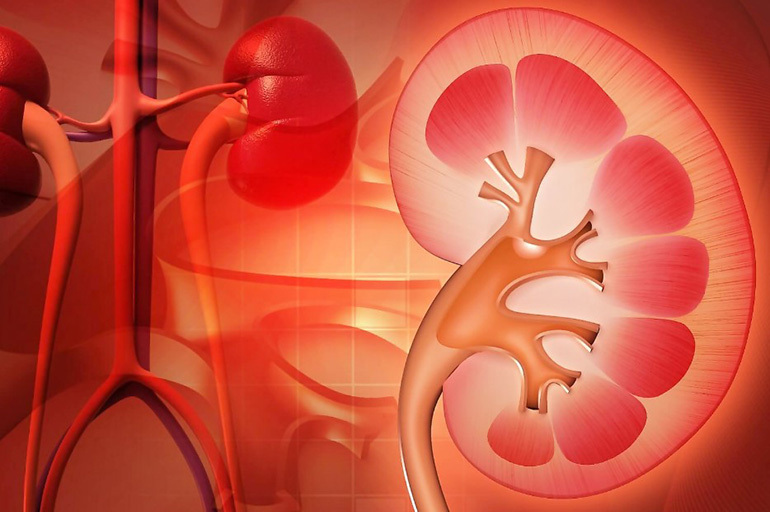
The inflammatory process leads to the formation of ulceration and is accompanied by bleeding from damaged blood vessels. With massive lesions of the renal papillae, there are signs of general intoxication.
Further progression of the pathology leads to tissue destruction and covers the entire thickness of the kidney pyramids. In this case, caseous ("cheesy") necrosis and the formation of cavities are observed. They can be isolated and communicating with the adjacent organ systems.
Important information: The clinical picture of the development of tuberculous pleurisy in humans
Infected or not: transmission routes
Renal TB is contagious. The pathogen has 2 modes of transmission:
- upon contact with body fluids (blood, lymph);
- airborne droplets.
Nephrotuberculosis develops as a secondary or as a primary pathology if tuberculosis of the lungs and osteoarticular complex was asymptomatic.
Classification and stages of development
The main classification criterion is the stage of development of the pathological process.
Initial
Mycobacteria are introduced into the kidney, but the structure and functions of the organ have not yet been impaired and there are no symptoms of the disease. With good immunity, the office is in a latent state, and further progression of the process may not occur.

The first
In the cortical layer, the formation of small seals localized in the mouths of the urinary tubules occurs. The stage proceeds without manifestations and, under favorable conditions, can spontaneously resolve.
The second
The inflammatory process develops. It affects the renal papillae and leads to their necrosis. When tissues disintegrate, cavities are formed - caverns.
Third
The number of cavernous cavities increases.

Fourth
Total tissue destruction is noted. The caverns merge, forming extensive defects or one continuous cavity filled with curdled contents, the walls of which are the remaining tissues of the organ. The disease is accompanied by a sharp decrease in kidney function. In some cases, calcification of cavities and obliteration of the ureter occurs.
The fifth
As a result of complete damage, kidney shrinkage occurs. The infection spreads to other organs of the urinary system, including the adrenal glands, ureters, and bladder.
Post-tuberculous changes are manifested: pyelonephritis, hydronephrosis, vesicoureteral reflux, microcystis.
Chronic renal tuberculosis
The chronization of the process is accompanied by alternating periods of exacerbation and decay. This form is possible against the background of drug treatment.
The clinical picture of the course of the disease
If the clinical picture described above is observed in adults, in children, elderly patients and pregnant women, the pathology may proceed with nonspecific manifestations.
While waiting for the baby
The pathogenetic factor in the development of nephrotuberculosis during gestation is a violation of the outflow of urine and a decrease in immunity. In pregnant women, damage to the right kidney is most often diagnosed (1: 1.5, respectively). Moreover, the women had a history of tuberculosis of the lungs, bones and mesenteric glands.

With nephrotuberculosis, some pregnant women complain of:
- weakness;
- malaise;
- decreased performance;
- rapid fatigue;
- headache;
- nausea;
- loss of appetite.
Such symptoms indicate general intoxication and are more often observed in the II-III gestational period.
Pronounced, severe symptoms are typical for:
- bilateral renal tuberculosis;
- defeat of a single organ;
- tuberculous pyonephrosis.
At the same time, pregnant women complain of fever, chills, low-grade fever. In severe cases, renal hypertension is detected.
Severe pain syndrome (renal colic) is not typical for this group of patients. The pain is dull, pulling, there is a heaviness in the affected area.
In children
In most children, the pathology proceeds with an asymptomatic or low-symptom manifestation.
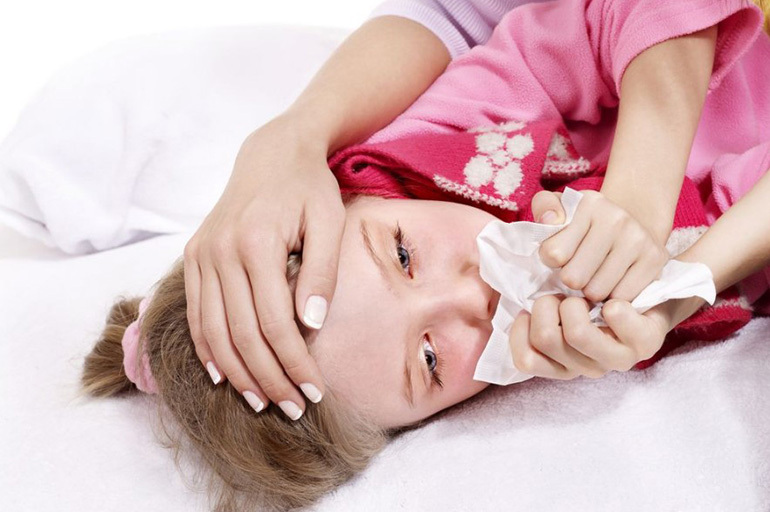
There is a gradual onset of the disease:
- signs of tuberculous intoxication;
- an increase in peripheral lymph nodes;
- an increase in temperature to subfebrile values;
- dysuric phenomena;
- signs of blood and protein in the urine;
- an increase in white blood cells, not caused by a bacterial infection;
- decreased density and acidic urine;
- scanty urinary sediment;
- urine culture on the MBT is "positive".
Diagnostic methods
Detection of nephrotuberculosis at an early stage is possible only with a complex of diagnostic techniques.
Taking anamnesis
Diagnosis of the disease begins with the collection of anamnesis. The patient is asked about the following points:
- whether there is in the past a previously transferred tuberculous disease of the lungs, bones, other internal organs;
- whether there are signs of lung damage on the x-ray;
- are there any close relatives with tuberculosis of any etiology;
- how often he suffered colds and viral diseases;
- whether there was contact with a patient with tuberculosis infection;
- working conditions;
- climatic or environmental conditions in the area of residence.
Important information: Features of the treatment of different forms of disseminated pulmonary tuberculosis

Laboratory research
The next stage in the diagnosis is laboratory tests:
- clinical analysis of urine for the level of protein, blood cells and leukocytes;
- bacterial culture to identify MBT;
- PCR - analysis allows you to identify mycobacteria even by DNA fragments of the pathogen;
- ELISA - makes it possible to establish the presence of MBT for antibodies. produced by the patient's body in response to the presence of an infectious agent.
In addition, urine pH is assessed. Unlike an ordinary bacterial infection, proceeding with a shift in the reaction to the alkaline side, with nephrotuberculosis, urine is acidic.
Instrumental
These diagnostic methods do not make it possible to confirm the diagnosis, but they make it possible to determine the severity of organ damage and the localization of the pathological process. Appointed:
- Ultrasound;
- MRI, CT;
- dynamic nephroscintigraphy;
- urography;
- urethropyelography.
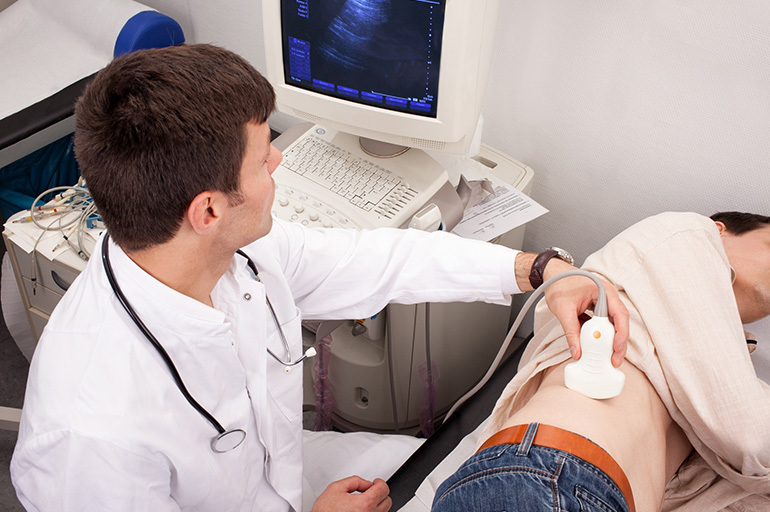
The advantage of ultrasound diagnostics is that it can be used to monitor the effectiveness of therapy.
Pathological diagnostics
The main methods of pathomorphological examination are microscopic examination of a biopsy or postoperative kidney material.
Beam methods
The standard radiation method has a high prognostic and diagnostic value (80.3%), subject to a comprehensive examination. In addition to the above methods (MRI, CT), excretory urography and ultrasound are performed.
The revealed changes obtained with multislice computed tomography allow recommend it as the most informative method of radiological diagnosis of organ tuberculosis urinary system.
Radiography also includes radiography:
- intravenous urography;
- ascending pyelography;
- cystography.
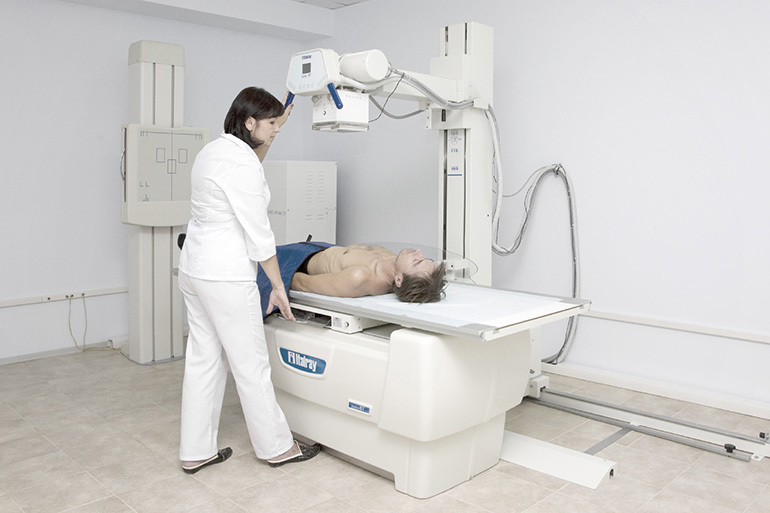
For differential diagnosis of the disease, they are additionally prescribed:
- angiography;
- phlebography.
The use of MRI allows with maximum reliability to carry out differential diagnosis between tuberculosis of the urinary system and other diseases, to determine the form of urinary tract lesions, the degree of preservation of the vasculature of the kidneys and functional reserves of the parenchyma organ. Structural changes recorded by MRI, in 100% of cases, coincide with the data of pathomorphological examination.
X-ray examination is informative only with destructive forms of pathology, when cavities are found on the images.
Provocative tests
Provocative tests are carried out using the introduction of tuberculin. It is administered subcutaneously in a volume of 20 units. In tuberculosis, this test leads to an increase in leukocyturia, erythrocyturia and a change in the renographic curve.
Treatment principles
The choice of treatment method depends on the stage of the disease and the degree of structural and functional disorders.
Medication
With timely diagnosis, conservative methods of therapy are used, incl. medication. Chemotherapy is the main treatment for nephrotuberculosis.
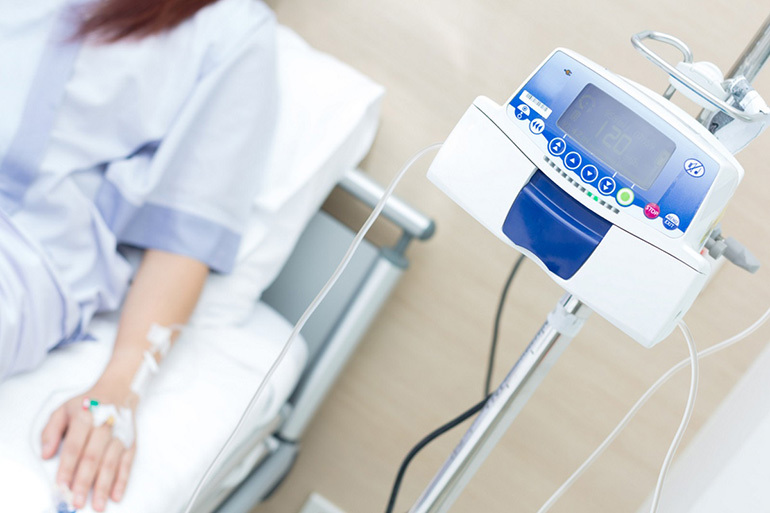
It consists in the long-term use of a complex of drugs with the following effects:
- bacteriostatic - suppression of reproduction of MBT;
- bactericidal - the destruction of the pathogen.
After the MBT sensitivity is established, a chemotherapy regimen is selected. Treatment is carried out in 2 phases:
- intensive therapy;
- continuation of treatment.
The intensive care phase is carried out with the aim of:
- relief of symptoms of pathology;
- suppression of reproduction of MBT;
- preventing the development of resistant forms of the pathogen;
- reducing the risk of bacterial excretion;
- reducing structural changes.
In the continuation phase of treatment, drugs are used that contribute to:
- final sanitation of hearths;
- reduce inflammation;
- restoration of kidney function and the whole body.
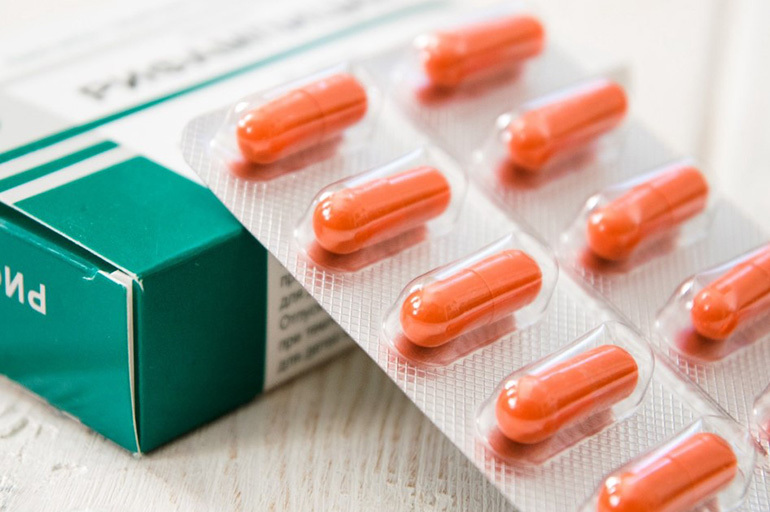
The first line drugs in the treatment of nephrotuberculosis are:
- Rifampicin;
- Isoniazid;
- Ethambutol;
- Pyrazinamide;
- Prothionamide;
- Streptomycin.
Important information: How is PCR taken for tuberculosis
The chemotherapy course lasts 6-12 months. A progressive direction in the treatment of tuberculosis infection is the combined use of first-line drugs and fluoroquinolones:
- Ofloxacin;
- Ciprofloxacin;
- Lomefloxacin.
Chemotherapy is supplemented by the prescription of medications that normalize microcirculation (angioprotectors), eliminating inflammation (NSAIDs), tissue regeneration stimulants, drugs for the prevention of fibrosis (corticosteroids).
Surgical intervention
With the emergence of a caseous-necrotic focus, the therapy of pathology requires the use of surgical intervention. The advantage is given to minimally invasive and organ-saving techniques. The latter include:
- cavernotomy;
- cavernosectomy.

Today, total nephrectomy is performed using endoscopic methods, which reduces the invasiveness of the intervention and shortens the recovery period.
Physiotherapy
As additional methods of conservative and surgical therapy, physiotherapeutic procedures are prescribed:
- ozone therapy;
- laser therapy.
Outside the exacerbation of the pathological process, the following are used:
- microwave electromagnetic fields;
- UHF;
- electrophoresis with drugs.
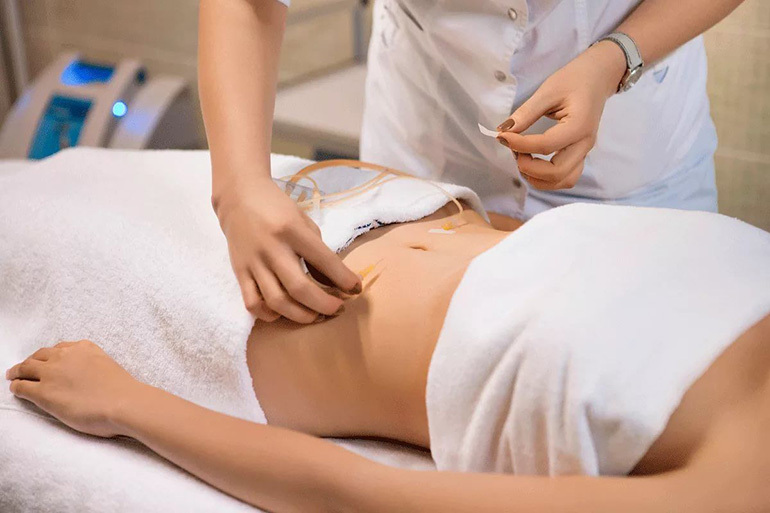
Physiotherapy may additionally include: mud therapy, magnetotherapy, acupuncture.
Traditional methods of therapy
Traditional medicine prescriptions should not replace primary treatments. It is used as a supplement and to increase the effectiveness of drug therapy and to restore organ functions after surgery. In folk medicine, decoctions and infusions of medicinal plants are used with the following properties:
- anti-inflammatory;
- diuretic;
- antimicrobial;
- regenerative;
- hemostatic.

In addition, biogenic stimulants are used in the complex treatment of nephrotuberculosis: aloe juice, alcoholic infusion of bee moth, tincture of bee dead.
Features of nutrition in kidney tuberculosis
Diet therapy is used as a component of complex therapy. Diet table No. 11 is recommended for patients. Avoid using:
- meals with a high amount of animal fats;
- foods with a high content of insoluble vegetable fibers;
- preservatives and flavor enhancers;
- high-carbohydrate foods;
- dyes.
Fried, smoked foods, canned food, fast food, alcohol are contraindicated.
To saturate the body with useful substances, the use of mashed vegetables and fruits, baked and stewed, is shown. To accelerate the regeneration process, amino acids, proteins of animal origin (fermented milk products, meat, low-fat fish) are needed.
Rehabilitation period
Patients who have undergone nephrotuberculosis are registered at the dispensary, continue to take medications to prevent recurrence of the disease and follow a diet. They are removed from the register if, within 3 years, analyzes do not show the presence of MBT.

Recovery prognosis
The prognosis is determined by the stage of the disease. In the early stages of the development of nephrotuberculosis and in the absence of gross destructive changes in the kidneys and urinary tract, adequate conservative therapy can lead to a complete cure. The pronounced destruction of the renal parenchyma makes the preservation of the affected organ doubtful.
Possible complications and dangerous consequences
Nephrotuberculosis can have the following negative consequences (if the infection spreads) and complications (if the treatment program is violated):
- CRF - chronic renal failure;
- kidney necrosis;
- arterial hypertension;
- fistula formation in the lumbar region;
- microcystis.
A complication of surgical treatment can be a secondary infection, kidney displacement, impaired function of the urinary organs, sexual dysfunction.
Preventive actions
The onset of tuberculosis can be prevented if preventive measures are taken:
- timely vaccination;
- regular medical examinations;
- good nutrition and a healthy lifestyle;
- avoidance of contact with patients with tuberculosis.
Compliance with the rules of prevention will significantly reduce the risk of MBT infection.

